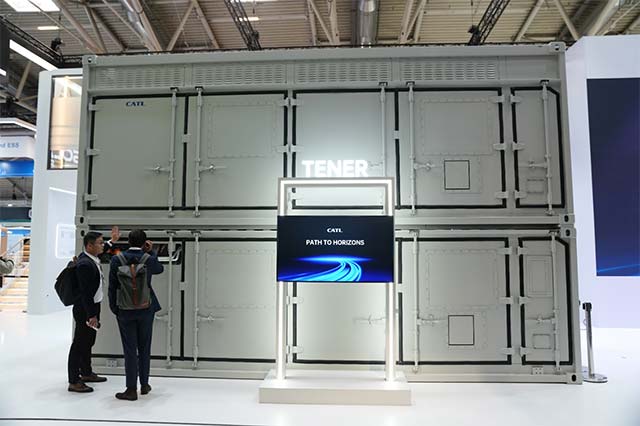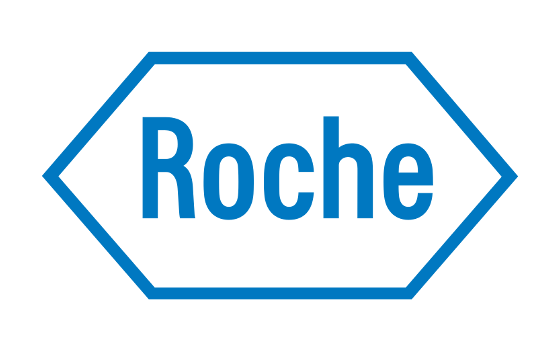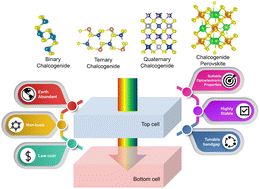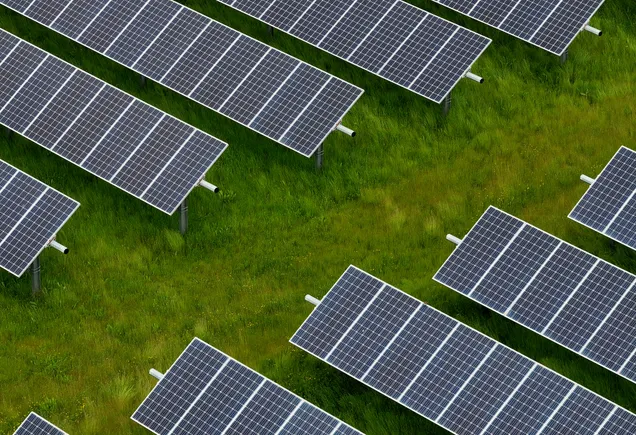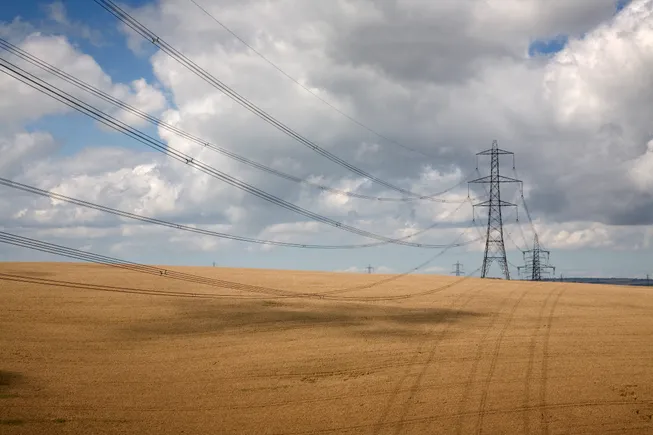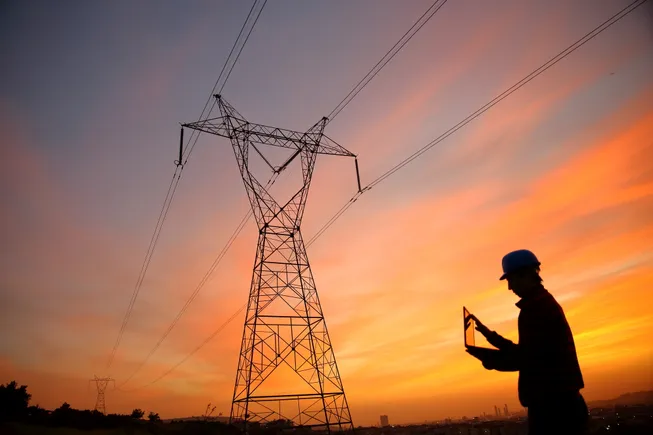Stability of Organic Photovoltaics: From Root Causes to Advanced Analytical Techniques
Advanced Energy Materials, EarlyView.

This review explains the causes and mechanisms of degradation in organic photovoltaics (OPVs). It explores how various factors, including heat, light, oxygen, and inherent material properties, influence OPV stability. The study categorizes degradation pathways and analyzes their impact on device performance, providing insights into the fundamental challenges and potential strategies for improving OPV longevity.
Abstract
The primary challenge in the commercialization of organic photovoltaics (OPVs) is ensuring long-term stability, making the study of their degradation mechanisms essential. This study is centered on the underlying mechanisms of degradation, providing a systematic and in-depth analysis of their instability factors. A clear distinction between burn-in loss and long-term degradation is established, with a comprehensive examination of the mechanisms governing each process. The review highlights how degradation pathways vary depending on external environmental factors and specific device layers, while also identifying key indicators for mitigating instability. Furthermore, this work extensively discusses analytical tools employed in stability research, offering a structured overview of their methodologies, obtained results, and practical implications. Advanced tools with high potential for future applications are also introduced, along with their principles and prospective contributions to stability analysis. By integrating a mechanistic perspective with an in-depth exploration of analytical techniques, this review provides a comprehensive framework for understanding OPV degradation and offers valuable insights into the development of effective stabilization strategies.






























